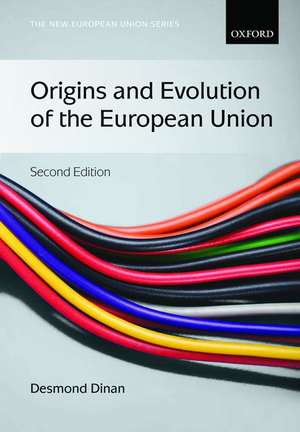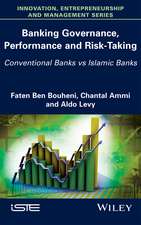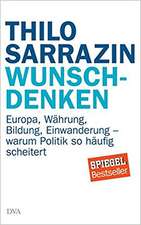Origins and Evolution of the European Union: New European Union Series
Editat de Desmond Dinanen Limba Engleză Paperback – 20 feb 2014
Preț: 313.70 lei
Nou
Puncte Express: 471
Preț estimativ în valută:
60.03€ • 64.19$ • 50.05£
60.03€ • 64.19$ • 50.05£
Carte tipărită la comandă
Livrare economică 07-12 aprilie
Preluare comenzi: 021 569.72.76
Specificații
ISBN-13: 9780199570829
ISBN-10: 0199570825
Pagini: 442
Dimensiuni: 171 x 246 x 22 mm
Greutate: 0.78 kg
Ediția:2nd edition.
Editura: OUP OXFORD
Colecția OUP Oxford
Seria New European Union Series
Locul publicării:Oxford, United Kingdom
ISBN-10: 0199570825
Pagini: 442
Dimensiuni: 171 x 246 x 22 mm
Greutate: 0.78 kg
Ediția:2nd edition.
Editura: OUP OXFORD
Colecția OUP Oxford
Seria New European Union Series
Locul publicării:Oxford, United Kingdom
Recenzii
This second edition is even more impressive than the first, offering a very detailed account of the various aspects of the origins of the EU in a very succinct fashion, easily accessible to a general (informed) reader. New and thoroughly revised chapters offer leading-edge accounts of these important building blocks of European integration. It is one of the best textbooks on the origins of European integration.
An outstanding team of contributors presents a comprehensive history and historiography of the European project, offering penetrating insights on the key actors, countries, ideas, and institutions that have transformed the European landscape. The second edition is essential reading for anyone hoping to anticipate where Europe is going.
An outstanding team of contributors presents a comprehensive history and historiography of the European project, offering penetrating insights on the key actors, countries, ideas, and institutions that have transformed the European landscape. The second edition is essential reading for anyone hoping to anticipate where Europe is going.



















